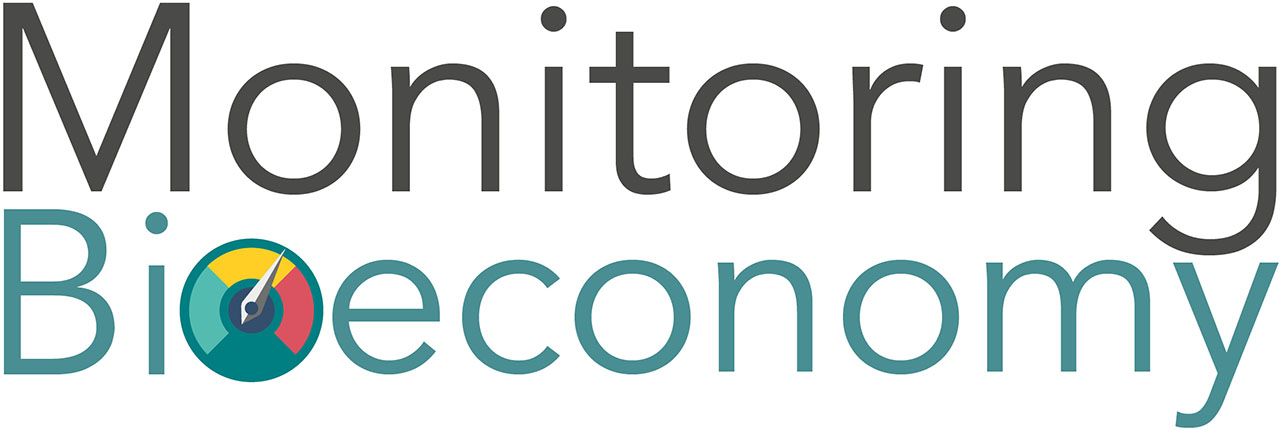It is estimated that 295 million tonnes of biomass (wet tonnes) were harvested in Germany in 2017 [1]. Half was for food production, more than a quarter was exported and energy and material use comprised 13% and 9% respectively.
Shifting the perspective to consumption (including imports and excluding exports) reveals a total biomass demand of 479 million tonnes of biomass (wet tonnes) consumed in Germany in 2017 [2]. The majority of consumed biomass was used for feed (52%). Food comprised 20%, followed by material use (17%) and energy use (11%) [3].
In per capita terms Germany’s biomass footprint was 5,790 kg per capita in 2017. In comparison to the world average, Germany’s biomass footprint was nearly twice as high - and it was 3.5 times higher than that of India - in 2017.

Use of biomass in the German bioeconomy, 2017 (Source: GWS based on destatis [1] and Exiobase [4])
Note: Data differ to the the mass reported in Origins due to accounting in dry mass versus wet tonnes, amoung other differences [5].
Notes and references
- Data from destatis on biomass harvested in Germany and aligned with the respective reporting in the satellite accounts of the MRIO database (EXIOBASE 3.4) . Note, this differs from the 186 million tonnes dry mass reported by Thünen Institute (see [5]). Available at: https://www.google.de/url?sa=t&rct=j&q=&esrc=s&source=web&cd=&cad=rja&uact=8&ved=2ahUKEwj_h7HQvO_8AhU3gP0HHaL7AWwQFnoECAsQAQ&url=https%3A%2F%2Fwww.destatis.de%2FDE%2FThemen%2FGesellschaft-Umwelt%2FUmwelt%2FMaterialfluesse-Energiefluesse%2FPublikationen%2
- The figure for biomass harvested in Germany includes biomass from agriculture (comprising 90.1%), forestry (comprising 9.8%) and fishing (0.1%).
- In comparison, Thünen reports that in 2015, nearly half (45%) of the total dry biomass was used for feed, followed by energetic use (24%), material use (19%) and food (11%). See also the flow chart in Iost et al. (2020). Setting up a bioeconomy monitoring: Resource base and sustainability. doi: 10.3220/WP1593762669000.
- Exiobase. Available at: https://zenodo.org/record/3583071#.Y-pM2y8w1mB
- Both the total mass and the allocation to uses differ from the section “origins”. Besides differences in the reported year (2017 vs. 2015) and differences in the methodologies, the largest difference is the accounting of dry versus wet mass. Thünen Institute reports the extraction of biotic resources in dry mass, while GWS follows the ‘System of Environmental Economic Accounting (SEEA)’ to align with comparable assessments by official statistics and/or international bodies like the UNEP International Resource Panel. In these cases, domestic extraction of biomass is reported in wet weight, i.e. the weight of the crop at harvest. Exceptions include the sub-items MF.1.2.2 'Fodder crops and grazed biomass' and MF.1.3 'Wood' (reported on the basis of a standard humidity degree of 15% - also referred to as dry-weight) in those cases. See: EU (2018). Economy-Wide Material Flow Accounts Handbook. doi: 10.2785/158567.


